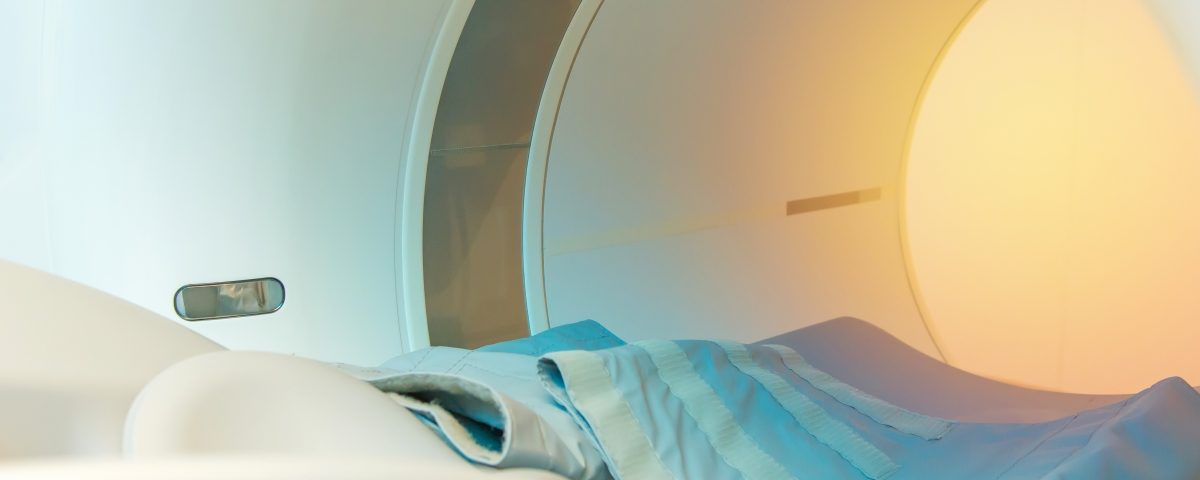Urologists at Detroit’s Barbara Ann Karmanos Cancer Institute have switched to a more sophisticated technology for diagnosing prostate cancer: the UroNav Fusion Biopsy System.
UroNav fuses 3D magnetic resonance imaging (MRI) pictures of the prostate with live ultrasound images to guide the biopsy procedure. The machine fuses images so they move and change in real time as urologists perform biopsies.
“An MRI is better at seeing tumors in the prostate,” Michael Cher, MD, chair of urology at Karmanos, said in a press release. “MRI images are highly detailed, and our radiologists are experts at finding tumors on the images. With this new MRI-ultrasound image fusion system, our urologists are able to biopsy suspicious MRI-detected areas while doing live ultrasound.”
UroNav is recommended for men with elevated prostate-specific antigen (PSA) test results and who have never undergone a prostate biopsy, for men with a diagnosis of a small prostate cancer for whom active surveillance is an option, or for men who are already on active surveillance for several years (in which case doctors use UroNav to detect tumor progression).
Demand for this system is growing rapidly, said Cher, one of nearly 300 physicians and researchers on faculty at Wayne State University School of Medicine. WSU has a long-term partnership with Karmanos, which is a subsidiary of McLaren Health Care and is one of 47 U.S. comprehensive cancer centers designated by the National Cancer Institute.
“This technology is huge for urology,” he said. “We’re going to more accurately determine if the patient has cancer and how much cancer the patient has. We can give more personalized treatments tailored towards the patient based on more accurate diagnosis and staging.”
The UroNav system works by having men undergo an MRI first. Radiologists then assess the images and identify suspicious areas. Only at the time of biopsy, after the MRI, do urologists digitally import the MRI pictures into the UroNav system to help guide them through the procedure.
“Previously, we used ultrasound alone for biopsies,” Cher said. “The biopsies were distributed throughout the prostate in a systematic fashion. Now, with the fusion of the MRI and ultrasound images, we perform targeted biopsies of suspicious areas. We are better at finding cancers, and therefore better at determining the best treatment plan for each patient.”
UroNav is the latest innovation in prostate cancer detection. It was developed in 2014 by a team of cancer experts at the University of Michigan Comprehensive Cancer Center and is currently commercialized by Florida-based Invivo.

